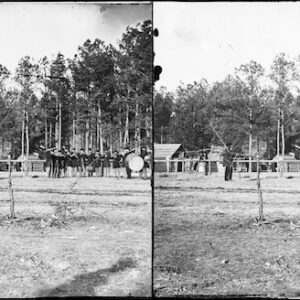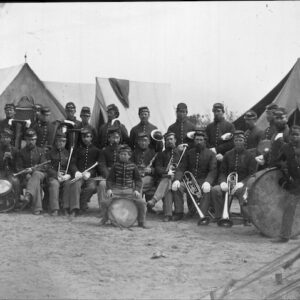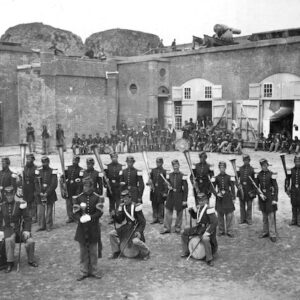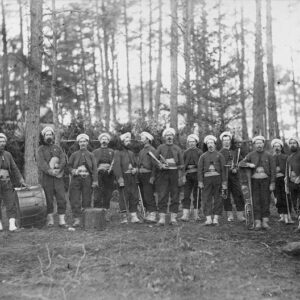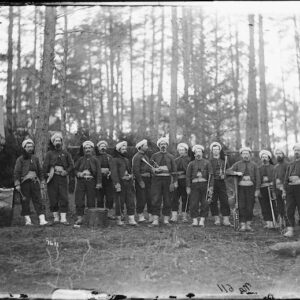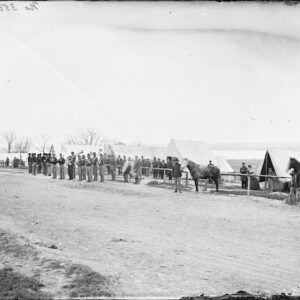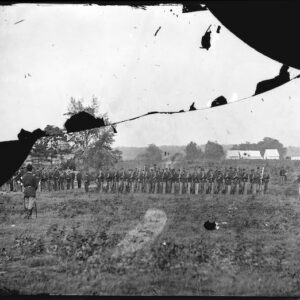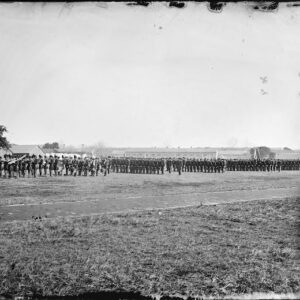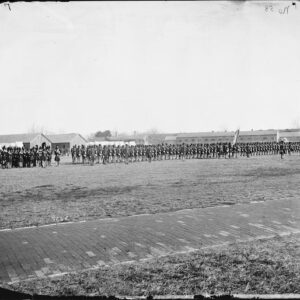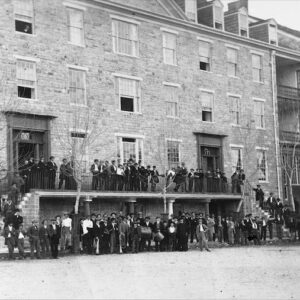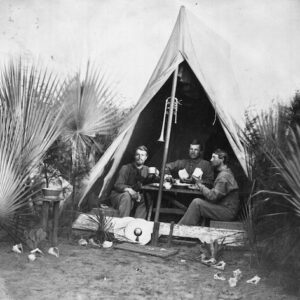Tag: cymbal
 Wikipedia says: A cymbal is a common percussion instrument. Often used in pairs, cymbals consist of thin, normally round plates of various alloys. The majority of cymbals are of indefinite pitch, although small disc-shaped cymbals based on ancient designs sound a definite note (such as crotales).
Wikipedia says: A cymbal is a common percussion instrument. Often used in pairs, cymbals consist of thin, normally round plates of various alloys. The majority of cymbals are of indefinite pitch, although small disc-shaped cymbals based on ancient designs sound a definite note (such as crotales).
Cymbals have existed since ancient times. Representations of cymbals may be found in reliefs and paintings from Armenian Highlands (7th century BC), Larsa, Babylon, Assyria, ancient Egypt, ancient Greece, and ancient Rome. References to cymbals also appear throughout the Bible, through many Psalms and songs of praise to God. Cymbals may have been introduced to China from Central Asia in the 3rd or 4th century AD.
In India, Cymbals have been in use since ancient times and are still used across almost all major temples and Buddhist sites. Gigantic Aartis along the Ganges which are revered by Hindus all over the world, are incomplete without large cymbals.
Cymbals were employed by Turkish janissaries in the 14th century or earlier. By the 17th century, such cymbals were used in European music, and more commonly played in military bands and orchestras by the mid 18th century. Since the 19th century, some composers have called for larger roles for cymbals in musical works, and a variety of cymbal shapes, techniques, and hardware have been developed in response.
The anatomy of the cymbal plays a large part in the sound it creates. A hole is drilled in the center of the cymbal, which is used to either mount the cymbal on a stand or for tying straps through (for hand playing). The bell, dome, or cup is the raised section immediately surrounding the hole. The bell produces a higher “pinging” pitch than the rest of the cymbal. The bow is the rest of the surface surrounding the bell. The bow is sometimes described in two areas: the ride and crash area. The ride area is the thicker section closer to the bell while the crash area is the thinner tapering section near the edge. The edge or rim is the immediate circumference of the cymbal.
Cymbals are measured by their diameter either in inches or centimeters. The size of the cymbal affects its sound, larger cymbals usually being louder and having longer sustain. The weight describes how thick the cymbal is. Cymbal weights are important to the sound they produce and how they play. Heavier cymbals have a louder volume, more cut, and better stick articulation (when using drum sticks). Thin cymbals have a fuller sound, lower pitch, and faster response.
The profile of the cymbal is the vertical distance of the bow from the bottom of the bell to the cymbal edge (higher profile cymbals are more bowl-shaped). The profile affects the pitch of the cymbal: higher profile cymbals have higher pitch.
Showing all 11 results
